Serbian "New deal": New plan for stronger Serbia
The projects announced by the president at the conference can rightfully be called the "Serbian New Deal."
Wednesday, 09.08.2023.
13:53
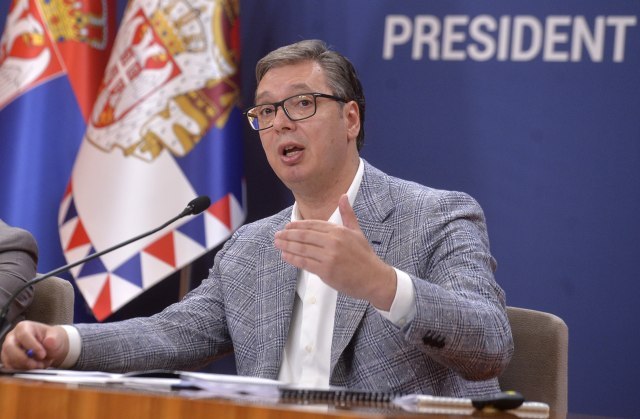
Serbian "New deal": New plan for stronger Serbia
Significant investments in developmental projects will contribute to all parts of our country. In addition to investments in roads, highways, hospitals, and schools, the ambitious plan set forth by the president until 2027 will further drive economic growth. Elevating our nation to a higher level, even in the challenging circumstances that have affected the entire world, first due to the COVID-19 epidemic and later due to the conflict in Ukraine, Serbia will secure a stable position in the region, Europe, and the world through investments and its dedication.The progressive ideas of President Vučić will lead to a further reduction in the unemployment rate and an increase in the standard of living for all citizens of Serbia, both the younger and older populations. According to the president's announcement, these investments will not only sustain the growth of wages and pensions but also ensure an even more secure future for our citizens. What was the American "New Deal"?
The American "New Deal," also known as the New Deal, was a national program initiated by President Franklin Roosevelt and implemented from 1933 to 1938. Its objective was to provide economic relief from the severe impacts of the Great Depression, a global economic collapse. The program involved public works projects funded by the government, providing favorable loans to farmers and bankers, as well as state control over the economy — especially price controls.
Roosevelt introduced a series of economic and social measures to combat poverty and unemployment and to establish an effective social safety net. The Works Progress Administration became a key institution that offered employment instead of direct welfare assistance. Schools, public facilities, cinemas, museums, and theaters were built. Through three federal projects focused on theater, art, and writing, many writers, painters, actors, and musicians found employment.
Starting today, we measure everything until 2027. - We have incredible plans, and we must begin executing them as soon as possible. I want to present positive things to the citizens and deliver good news in these challenging times, so they know that Serbia continues to grow vigorously. With these words, President of Serbia Aleksandar Vučić announced important projects during a press conference that will transform the face of Serbia and improve not only the economic but also the cultural life of not only the capital's citizens but the entire country.
As the president announced, all construction plans will be completed by December 2026, leading up to 2027 when Serbia will host EXPO 2027.
"You won't recognize Belgrade; it will be one of the most beautiful cities in the world, not just in Europe. This will mean a massive leap for our country's economy and contribute to strong growth. That's why it's important for all of us to work harder, together as a united front, to represent Serbia in the best way possible. I am confident we will succeed," Vučić declared.
The ambitious plans presented by the president speak to the transformation that Serbia will undergo and provide its citizens with reasons to be proud.
Plans for Belgrade
- National Stadium will be constructed over an area of 212 hectares, along with commercial facilities, and 1,500 residential units in the form of apartments that will be put up for bid after the EXPO, the facilities for the future Fair, and the International Specialized Expo 2027. Within the Fairgrounds, where all the countries of the world will have a chance to showcase themselves, Serbia will have a pavilion designed by local architects upon President Vučić's invitation, presenting our country in the best possible light.- The EXPO 2027 complex also includes infrastructure that encompasses 8 kilometers of city boulevards, a leveled loop or overpass, and a planned gas pipeline with a measuring and regulation station for both the National Stadium and all other facilities. These include district heating and cooling systems. District cooling represents a new system not previously employed in Serbia. Additionally, a main measuring and regulation station will be established. Furthermore, a railway will be constructed within the complex.
- The location of the Old Fairgrounds will undergo transformation. The Republic of Serbia retains ownership of the large Republic Hall, retaining 100 percent ownership by the state. A grand Ferris wheel will be erected in that space, a feature seen in many major cities, which will alter the appearance of that part of the city and provide a fantastic view over the Sava River. Investment zones will encompass 37.68 percent, while public spaces will cover 62.32 percent. As announced by the president, citizens will be invited to provide suggestions for Hall 1, and decisions about its future use will be made later.
- The National Football Stadium will have 52,000 seats and will be built according to UEFA standards. The architect in charge is Mark Fenwick. The stadium is scheduled to be completed by the fall of 2026.
- The Electric Distribution Company will need to construct substations of 135 kV and 110 kW for the National Stadium. The Electric Power Industry of Serbia will build a feed 110 kW transmission line to the Surčin Substation, as well as two 110 kV underground transmission lines from the Surčin Substation to the National Stadium. The City Power Plants will establish a 16.1 MWt thermal source, district cooling, and electricity generation facilities. The Belgrade Directorate for Construction and Development will lay an 11-kilometer-long water supply line and a sewage network with associated pumping stations and roadways. The Public Company Serbia Gas will install 200 meters of a 50-bar distribution gas pipeline.
- The Serbian Railways Public Company will construct an 18-kilometer-long double-track, electrified railway from Zemun Polje to Nikola Tesla Airport and then to the National Stadium. This railway will connect the center of Belgrade with Obrenovac, Jakovo, Surčin, Batajnica, Kamendin, Zemun Polje, Altina, Tošin Bunar, and New Belgrade. The train will travel at a speed of 120 kilometers per hour.
- Finally, the Prokop railway station will be completed in just two months.
- The Belgrade Bus Station will be completed by the year 2025.
- A new, magnificent bridge over the Sava River will be constructed, designed to be noiseless. The old bridge will retain its utility and is intended to connect the end of New Belgrade with the beginning of Zemun, along with Great War Island, becoming a true attraction for Belgrade.
- The Novi Beograd railway station will be completed in just two years.
- The old Železnik Bridge will be reconstructed and transformed into a new pedestrian bridge. It is planned to feature restaurants and spaces primarily intended for the younger population.
- The Water Tower will undergo reconstruction. The old railway station will also be reconstructed, making way for the Korunović Postal Building at that location. The old Korunović façade will be restored.
- The construction of the Belgrade Metro is set to begin shortly, with work progressing constantly. The first metro line is expected to be operational by the end of 2028.
- A river taxi service will be established in Belgrade.
Navigate through Serbia
- On September 2nd, a dock in Zemun, not far from the Captaincy building, will open. There, for the first time in history, a large cruiser will dock.- Twelve stations have been established along the Danube, ranging from Sombor, Apatin, Odžaci, Bačka Palanka, Novi Sad, Smederevo, and all the way to Prahovo. All of this will be developed in the next two years, with President Vučić announcing major investments exceeding 100 million euros. Investments in Serbia's Cultural and Scientific Life
- A museum quarter, or culture quarter, is being constructed around the Museum of Contemporary Art at the confluence, including the establishment of the first Natural History Museum.
- A concert hall, housing the Philharmonic Orchestra, is under construction.
-A large aquarium is being built near the "Hotel Jugoslavija."
- More than 100 facades in 28 cities are undergoing improvement. Five Key Focuses for Development:
- All vehicles within the EXPO will be self-driving electric vehicles.
- The construction and expansion of a BioCampus providing jobs for 5000 scientists.
- The creation of science and technology parks.
- The establishment of a science district. - The advancement of artificial intelligence.



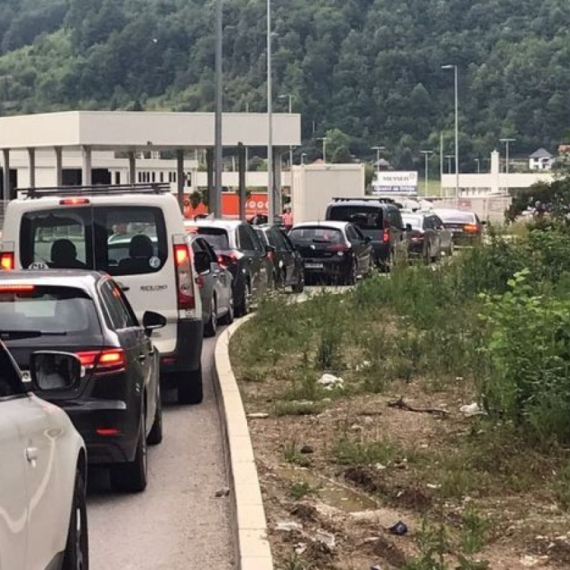
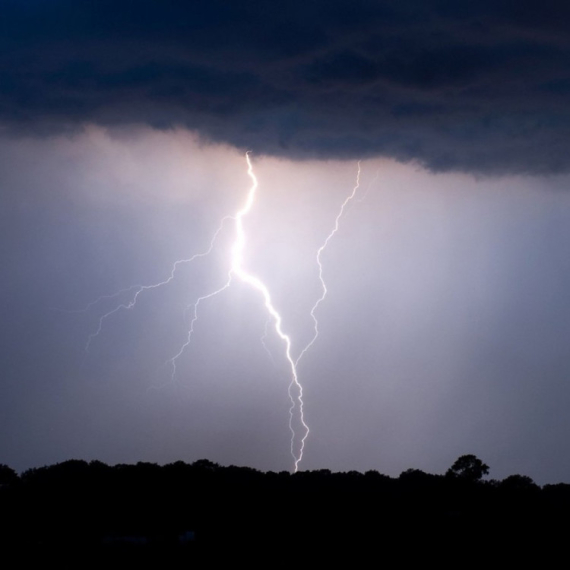
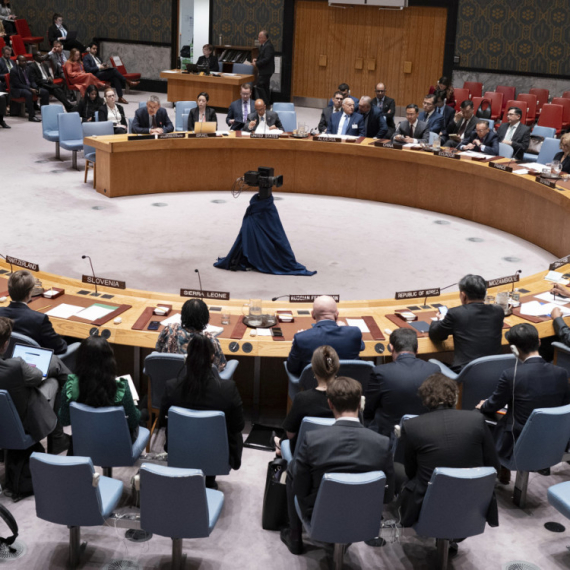





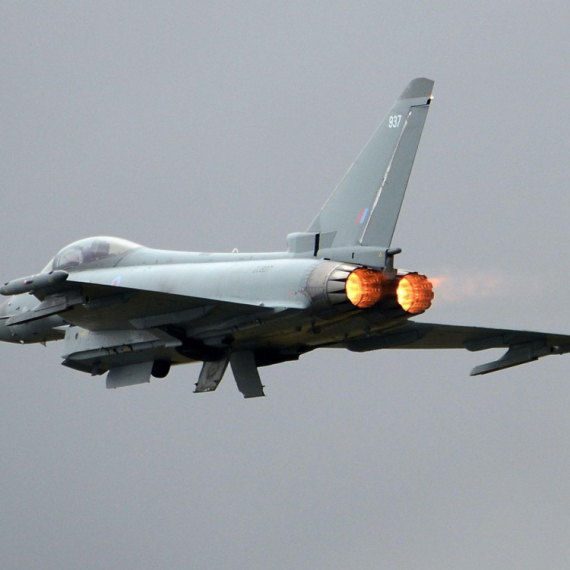

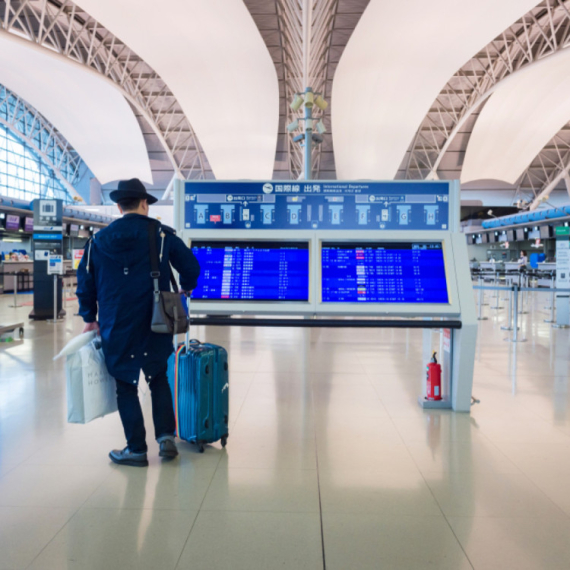
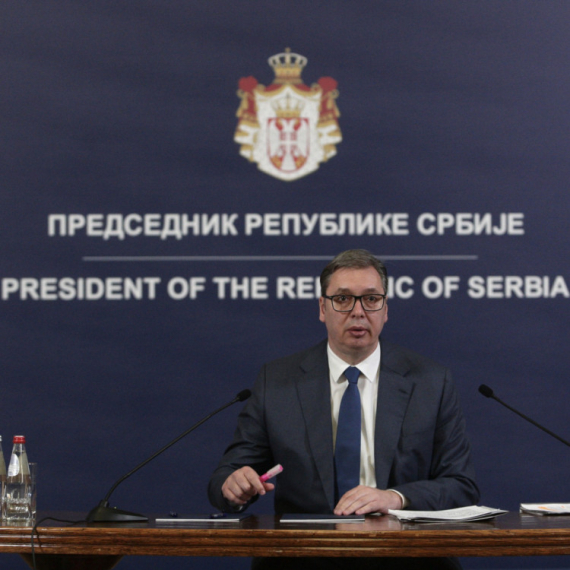
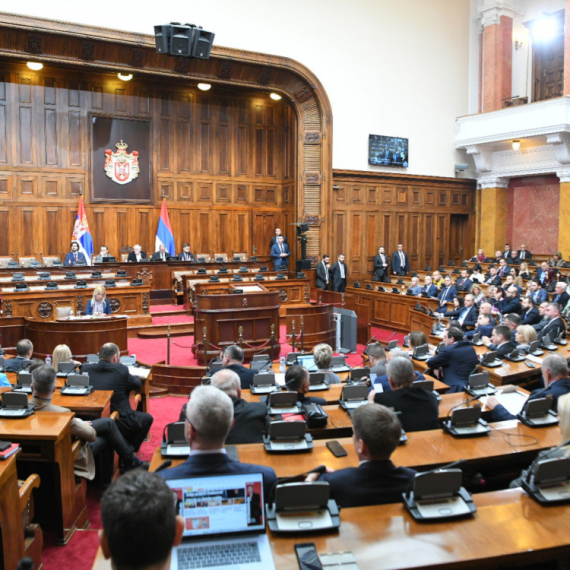
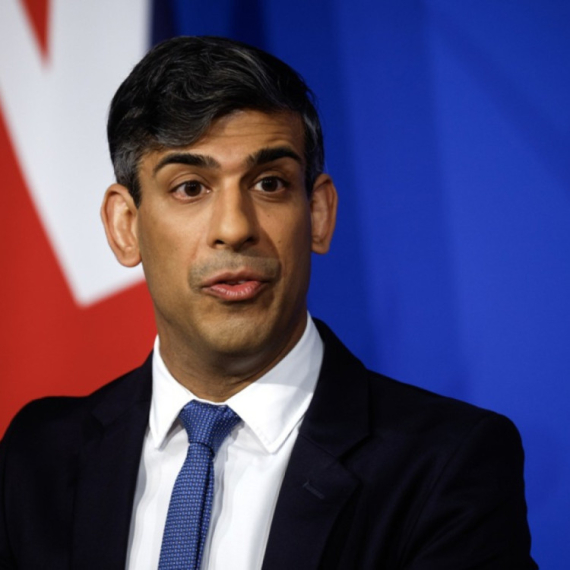
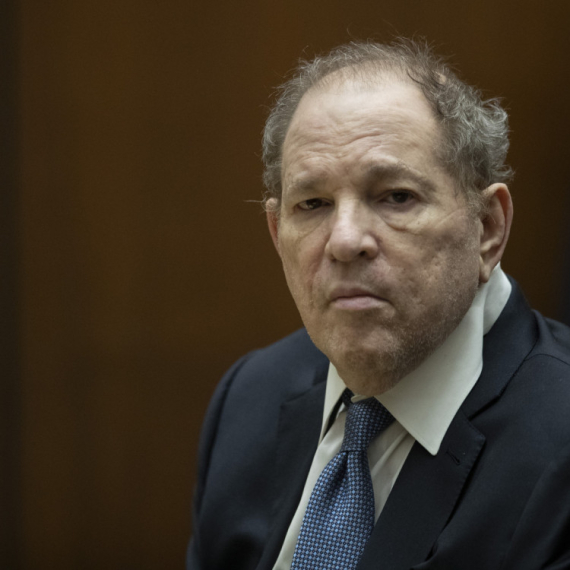
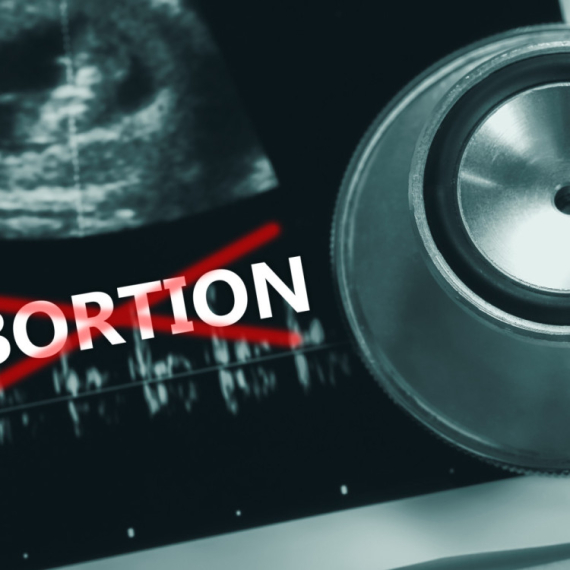

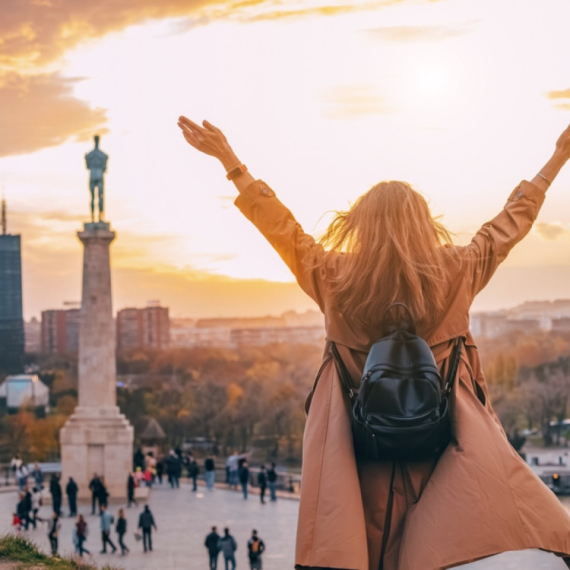







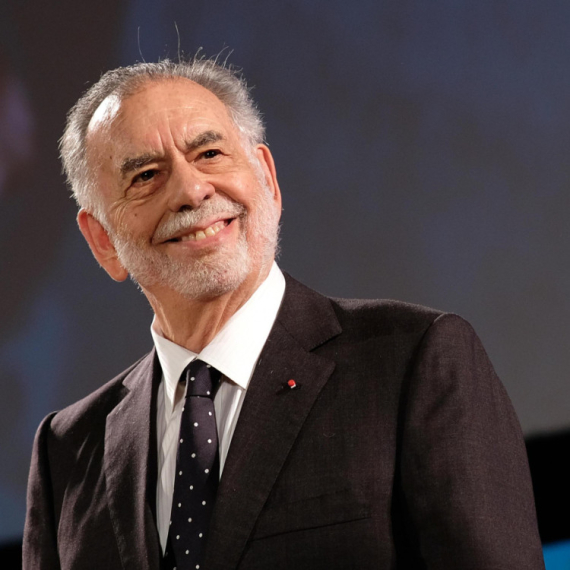

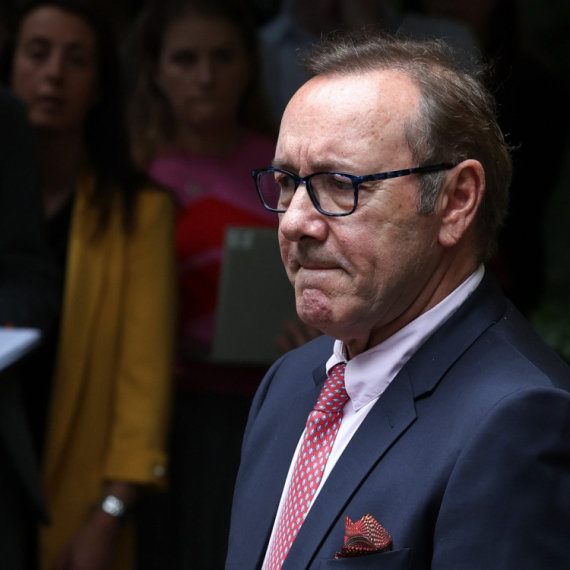
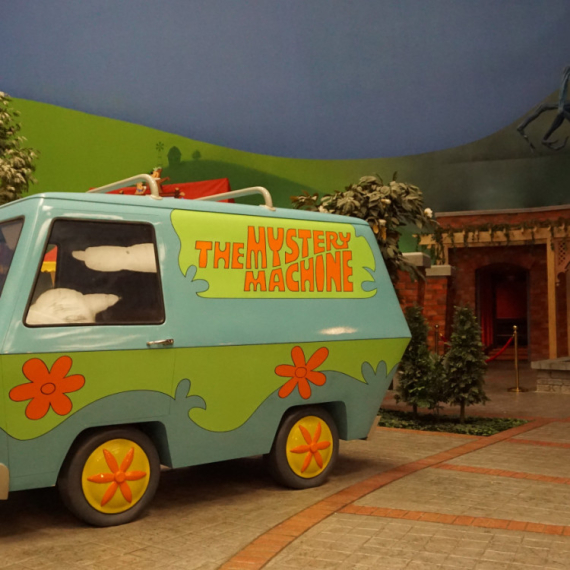
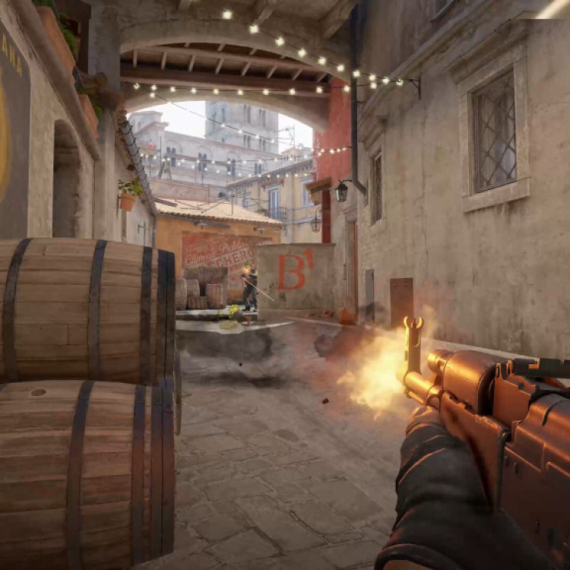

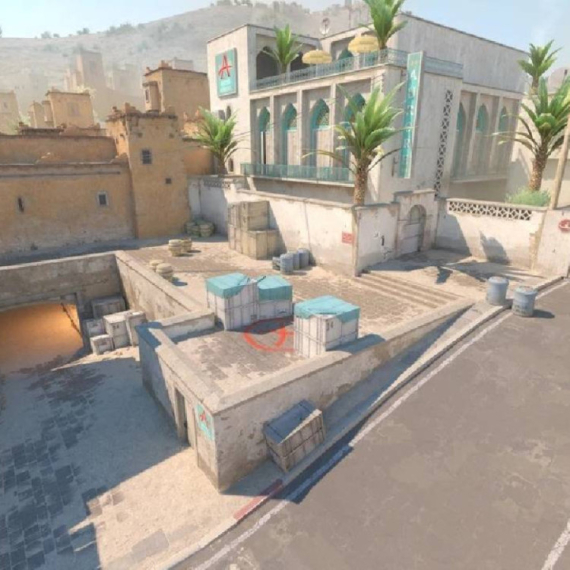


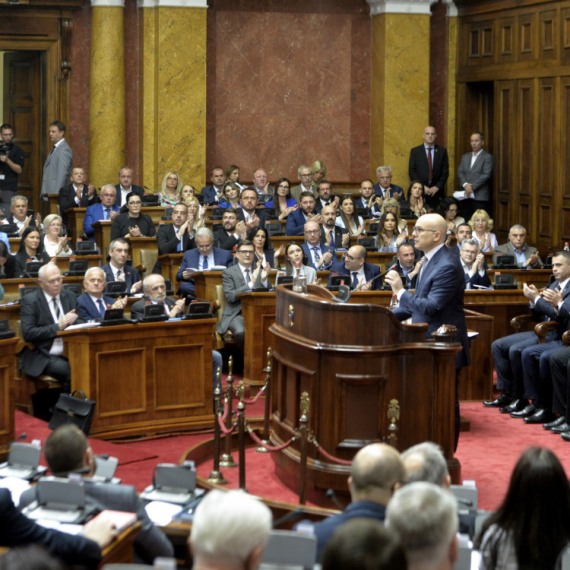
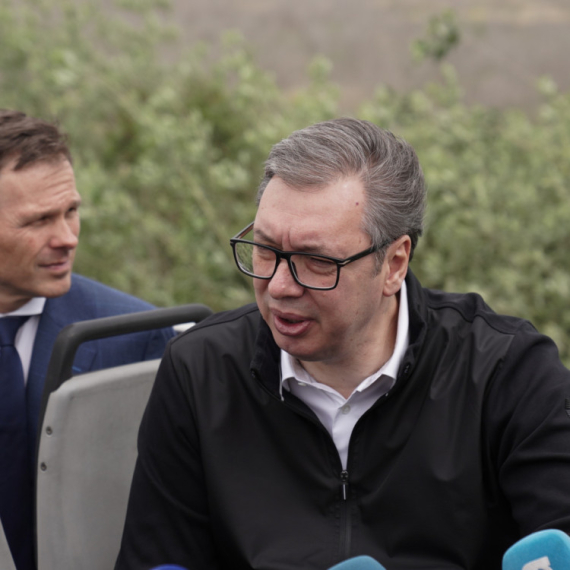

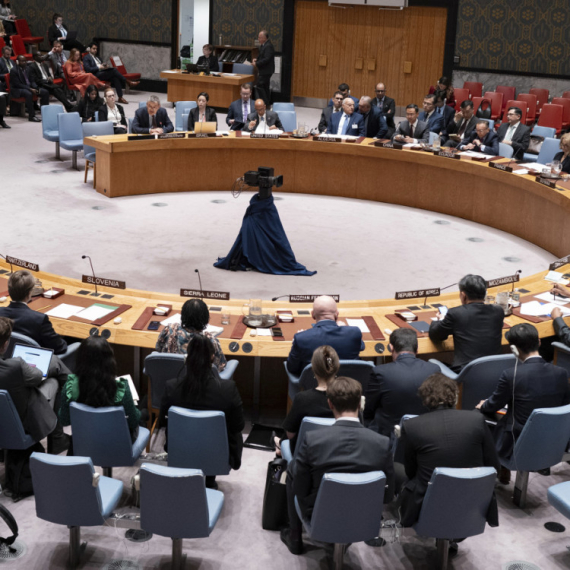
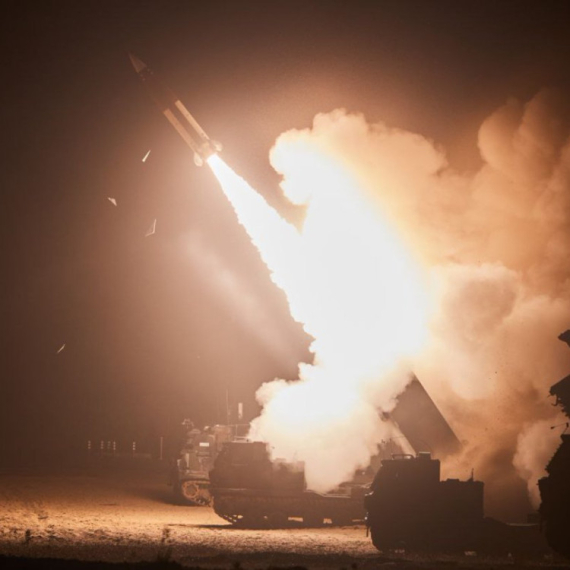





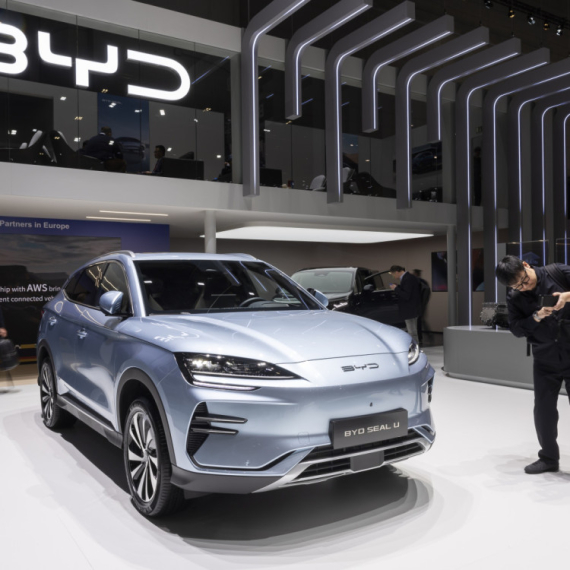
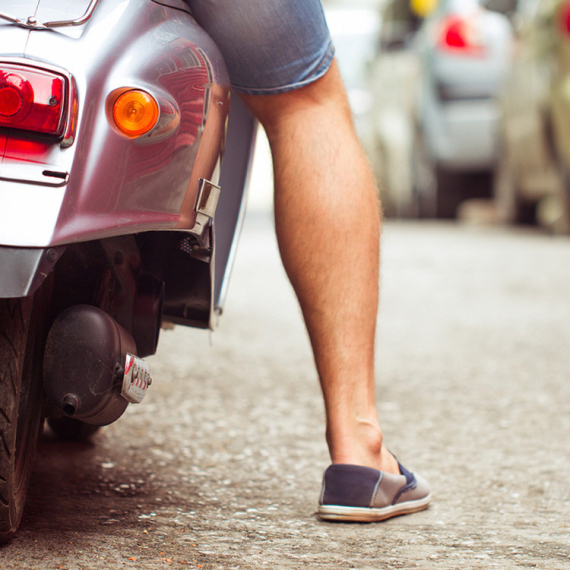
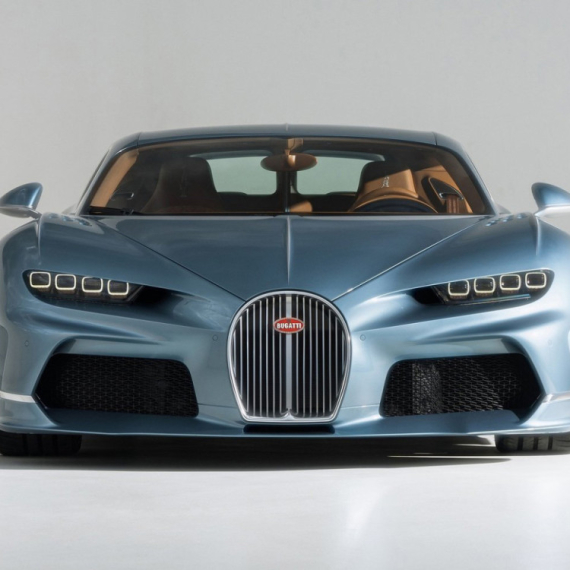
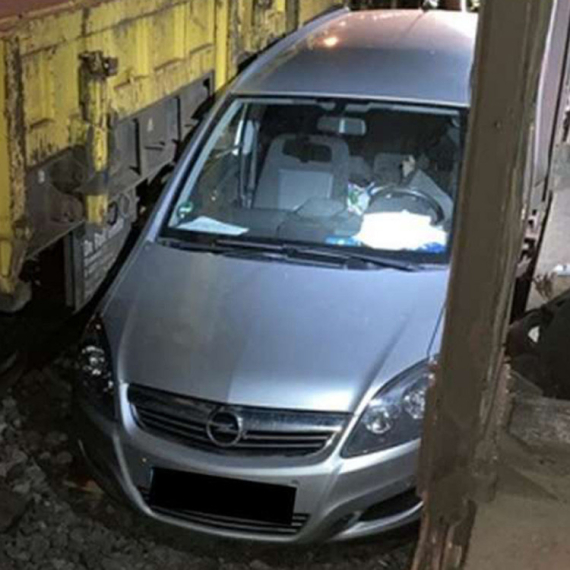

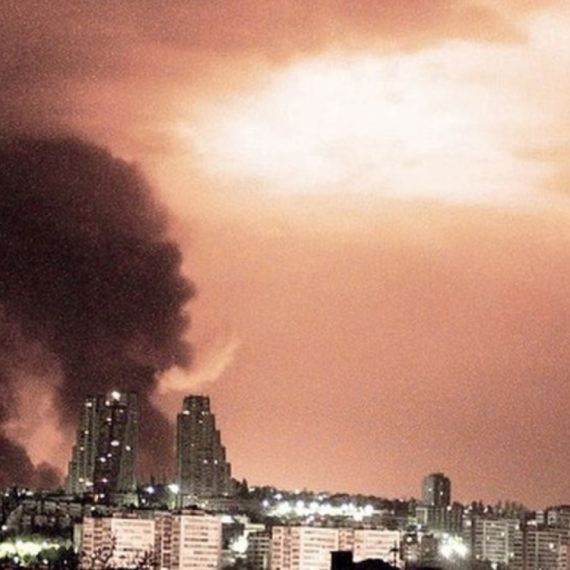
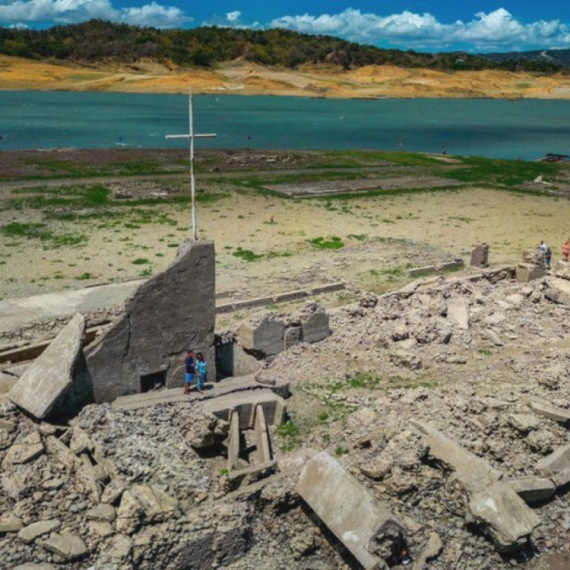
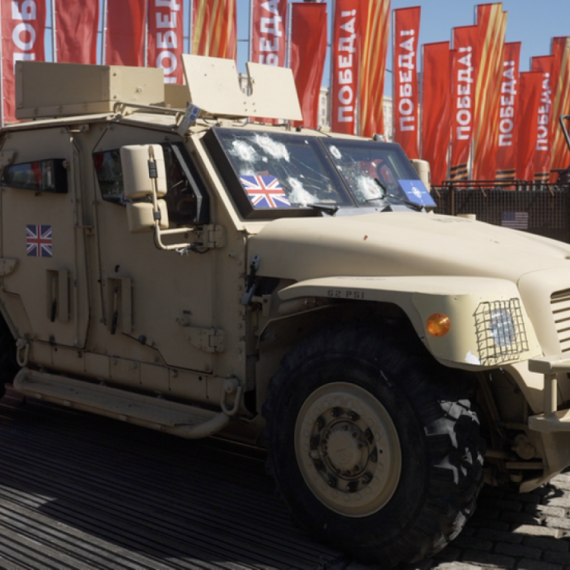

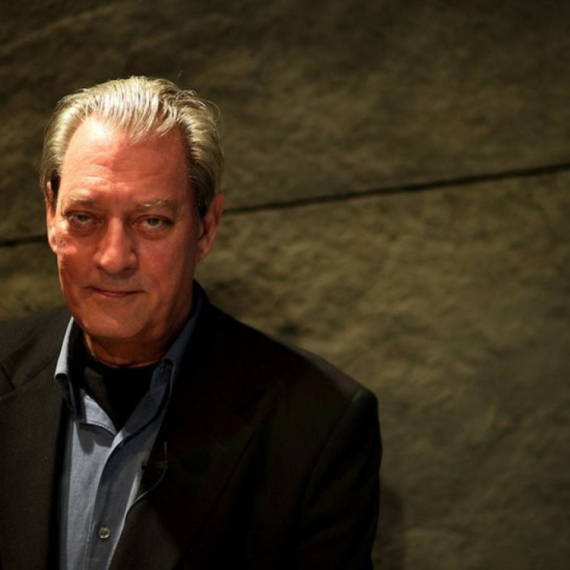

Komentari 0